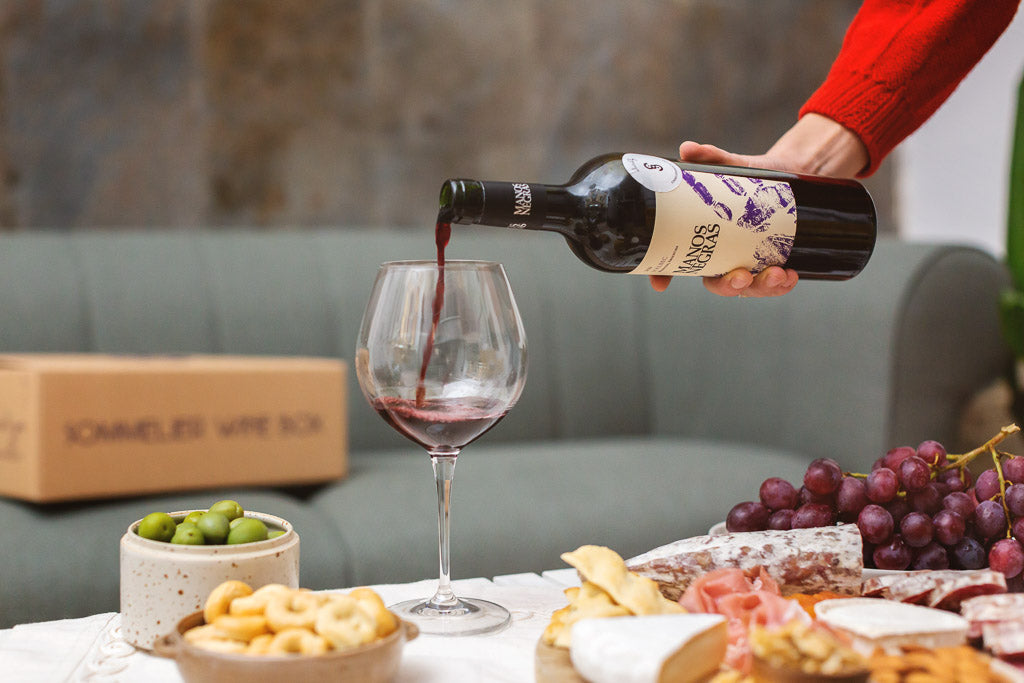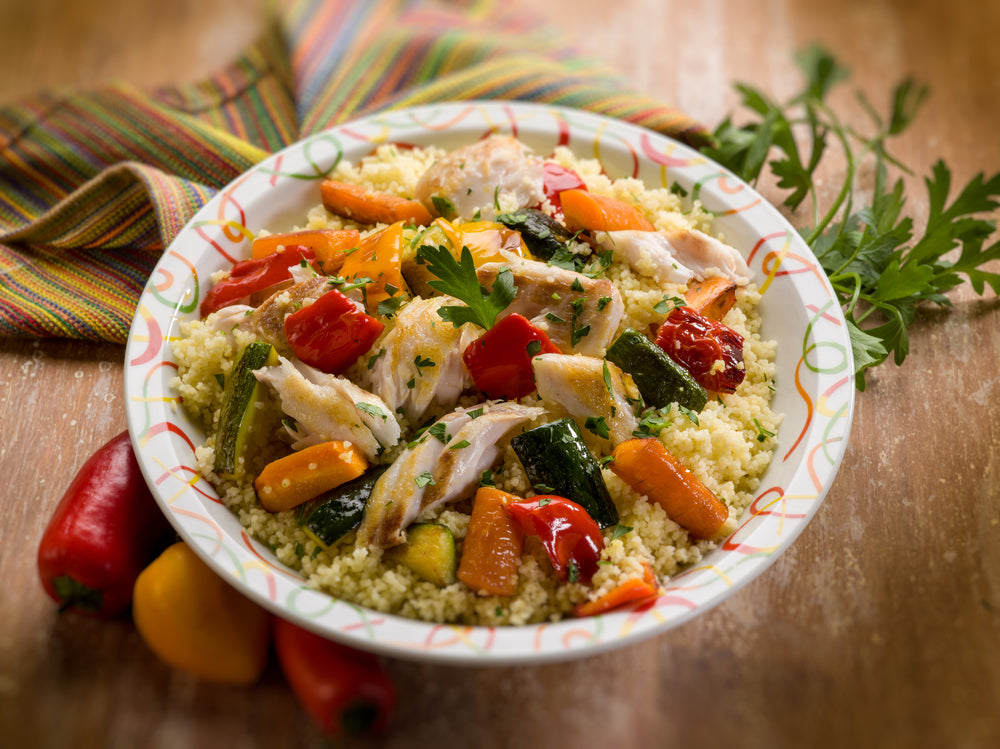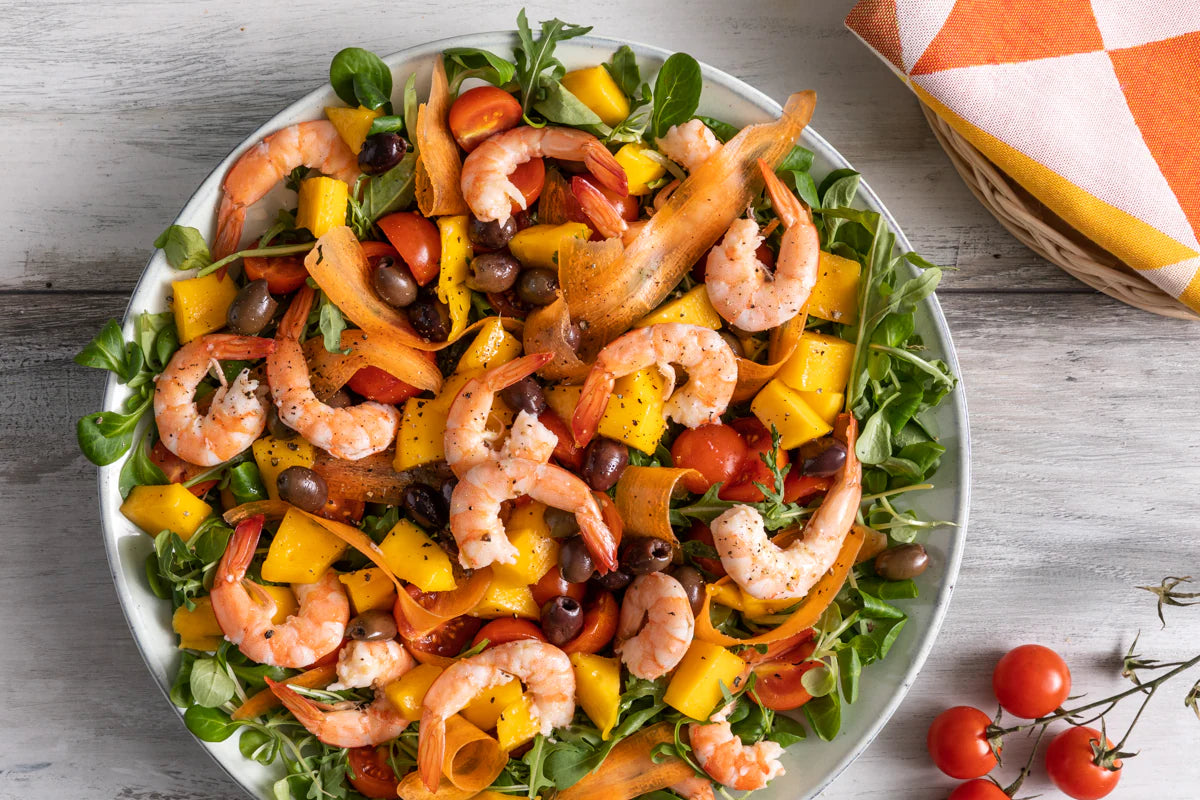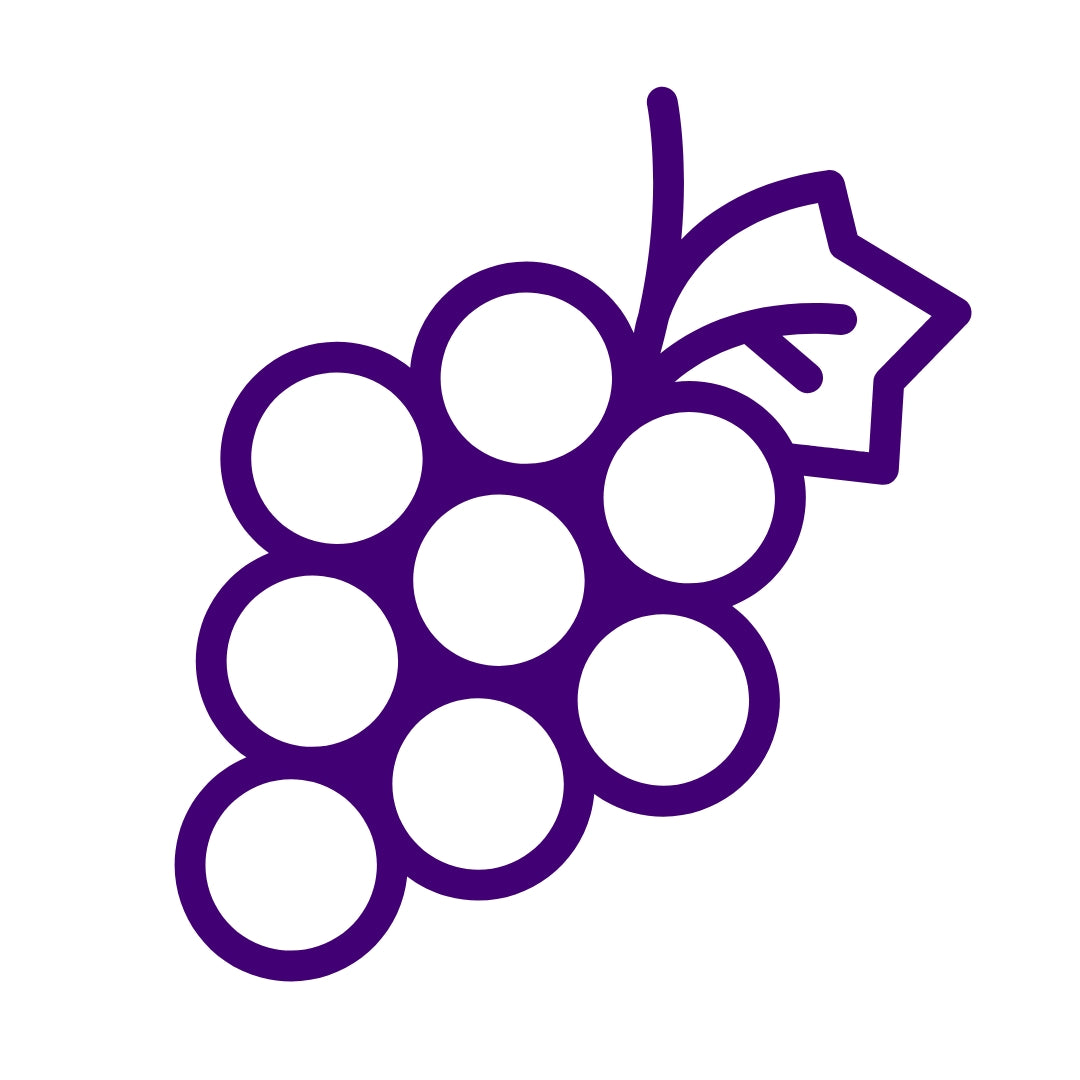Provence is one of the most fascinating wine regions in France, renowned especially for its rosé wines, among the most celebrated in the world, but also for intense reds and fragrant whites. Viticulture here has ancient roots: it was the Greeks, founding Massalia (modern-day Marseille), who introduced the vine to this area, later developed by the Romans. Over the centuries, Provence has been at the crossroads of trade and dominations, such as the Kingdom of Sardinia in the 19th century, which left a mark on the selection of grape varieties and winemaking practices, introducing Italian varieties and influencing the style of the wines.
The climate is typically Mediterranean, with very hot summers, often exceeding 40 °C (104 °F), and abundant sunshine for much of the year. The Mistral, a dry wind from the north, together with the sea breeze, helps keep the grape clusters healthy and moderates the temperatures. These conditions favor quality viticulture and the production of fresh, aromatic, and well-structured wines. The cultivated grape varieties are numerous and include both French and Italian types: among the whites stand out Rolle (the local name for Vermentino), Ugni Blanc (Trebbiano Toscano), Clairette, Bourboulenc, Marsanne, Sémillon, and Sauvignon Blanc; among the reds, the main players are Mourvèdre, Grenache Noir, Cinsaut, Syrah, Carignan, Tibouren, and Cabernet Sauvignon.
Wine quality is guaranteed by the AOC (Appellation d’Origine Contrôlée) system, with seven main appellations: Bandol, Bellet, Cassis, Coteaux d’Aix-en-Provence (which includes Les Baux-de-Provence), Coteaux Varois, Côtes de Provence, and Palette. Bandol, while producing rosés, is famous for its long-lived reds based on Mourvèdre, often vinified as a single variety. Cassis is renowned for its dry, aromatic whites, perfect to accompany seafood. The Coteaux d’Aix-en-Provence area produces significant reds from Cabernet Sauvignon and Syrah, as well as fresh rosés made with the saignée technique. Côtes de Provence is the largest area, covering 80% of the region’s vineyards, and is distinguished by elegant and fragrant rosés made from Grenache, Cinsaut, and Tibouren, along with interesting reds and whites.
Alongside this wine panorama is a cuisine deeply connected to the land. The Mediterranean landscapes, characterized by olive trees, fragrant scrubland, and aromatic herb cultivation, are reflected in the traditional dishes. Garlic is one of the most prevalent ingredients, as shown by aïoli, the typical Provençal sauce served with fish and vegetables. The proximity to the sea places seafood dishes at the heart of local gastronomy, often enriched with rosemary, thyme, and basil. The combination of wines and cuisine in Provence is natural and harmonious, the fruit of a long shared history between landscape, culture, and taste.



















